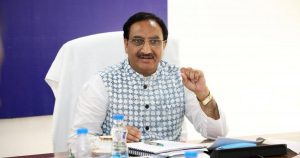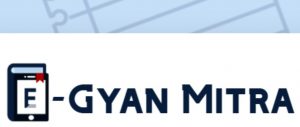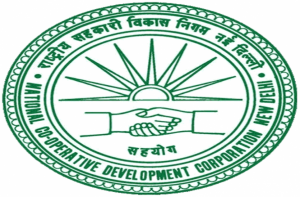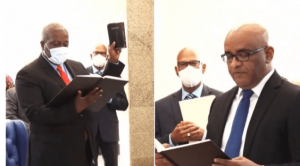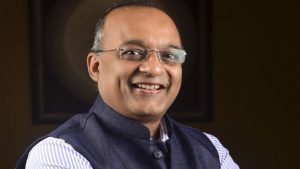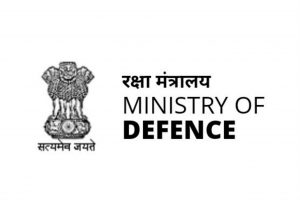VisionIAS
08:40
GS Score Weekly Current Affairs August 2020 Week 01 PDF
Click Here to download GS Score Weekly Current Affairs August 2020 Week 01 PDF
Click Here to Like our Facebook page for latest updates and free ebooks
Click Here to download GS Score Weekly Current Affairs August 2020 Week 01 PDF
Click Here to Like our Facebook page for latest updates and free ebooks





